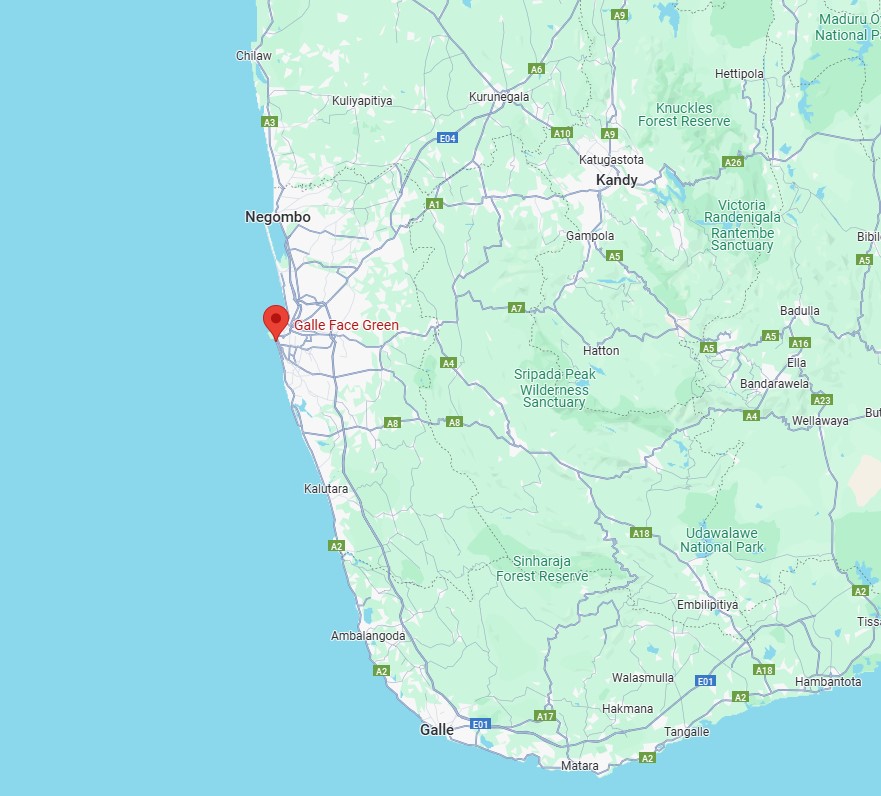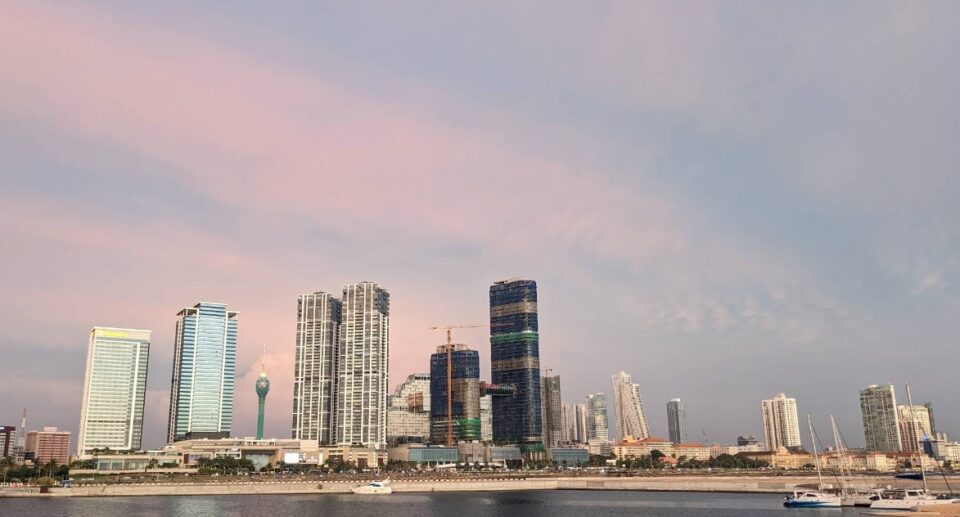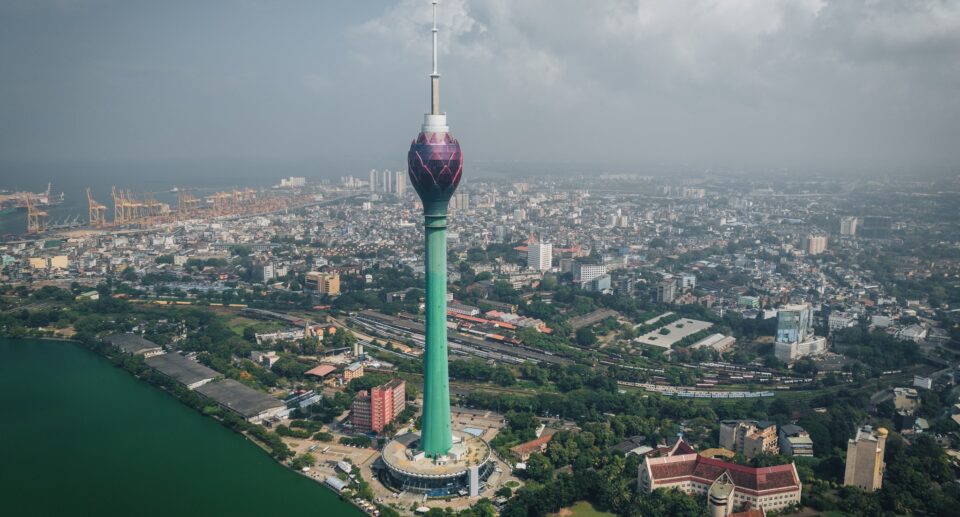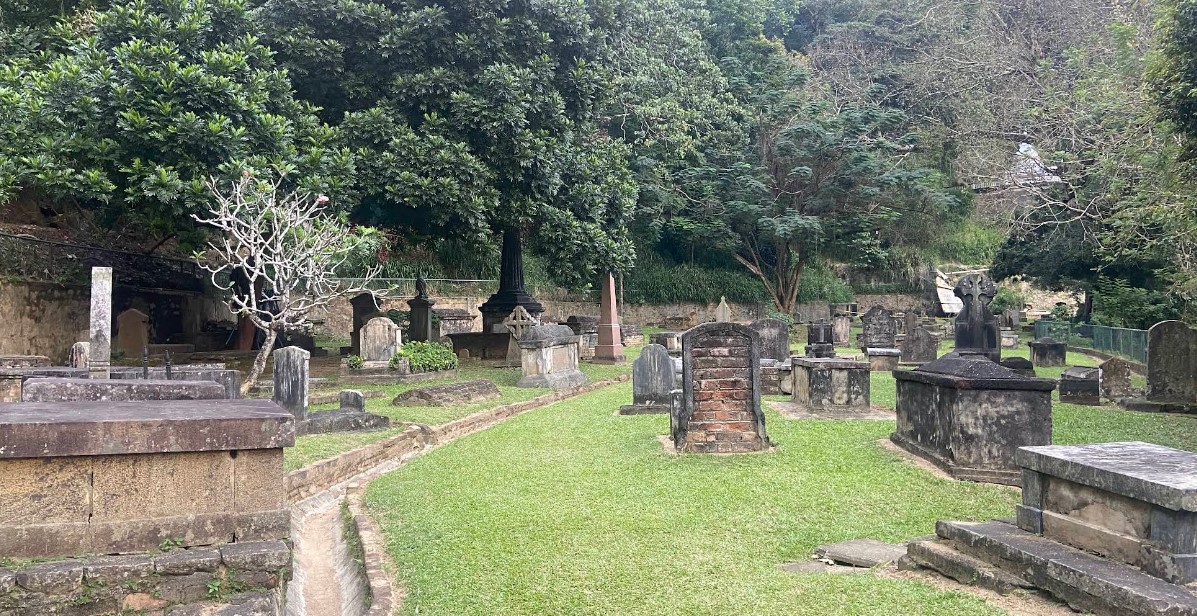Galle Face Green: The Heart of Colombo’s Seaside Charm
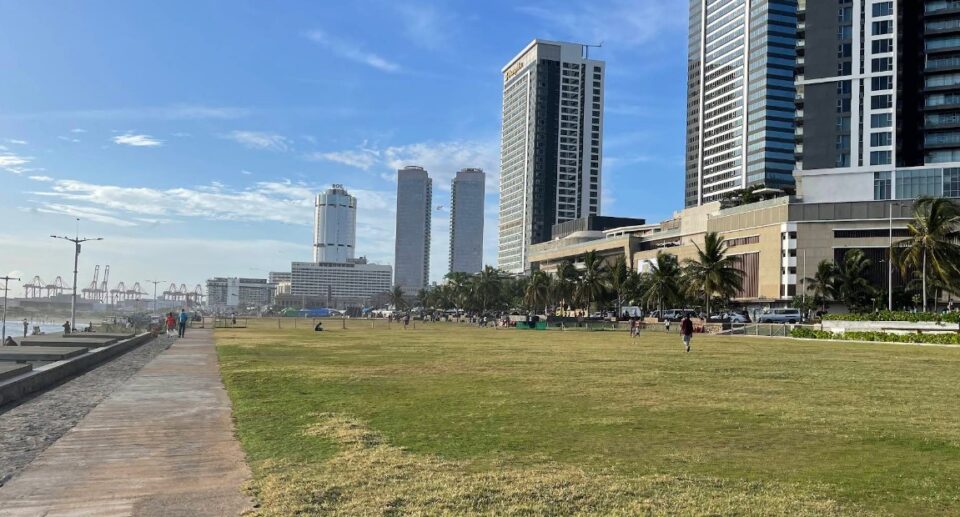
Introduction
Stretching along the Indian Ocean coastline, Galle Face Green is Sri Lanka’s commercial capital of Colombo’s go-to public promenade. Renowned for its sea breeze, street food, sunsets, and cultural performances, it’s more than a patch of green Galle Face is a space that unites people by generations, backgrounds, and lifestyles. Whether you sit and watch a kite flying against the backdrop of a sun setting, enjoy crunchy isso off the street vendor, or simply hang around with friends and watch the waves roll in, Galle Face Green offers an unadulterated slice of Sri Lankan life.
Historical Background
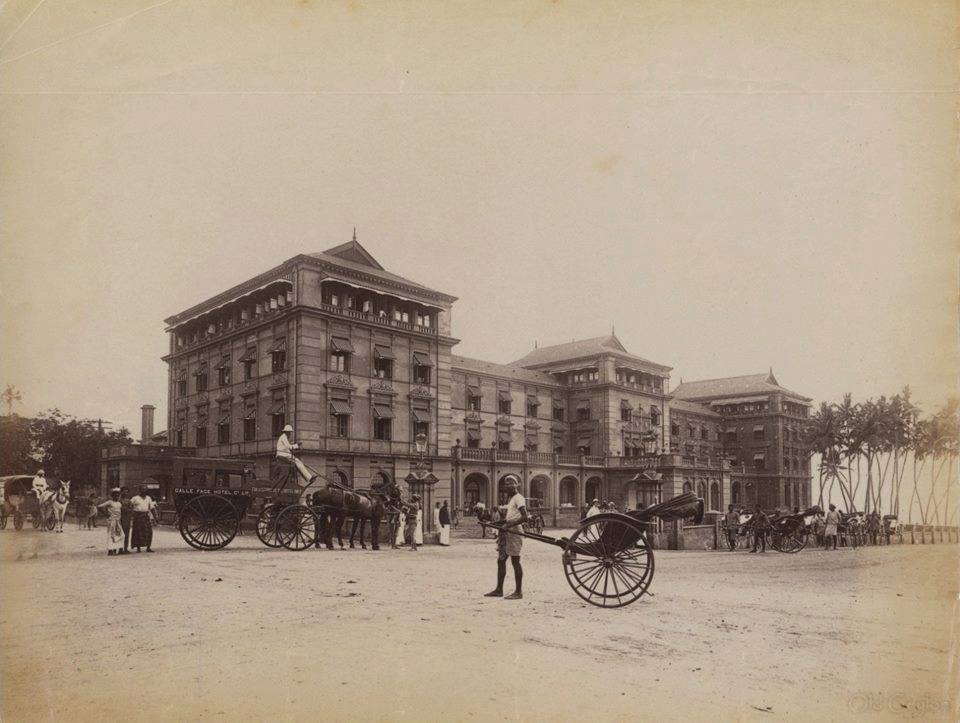
Galle Face Green has a very long colonial history dating back to the Dutch era in the 17th century, but it was under British rule, in the 19th century, that it actually began to take shape as a public space. In 1859, Governor Sir Henry George Ward officially opened the promenade, which was initially intended for horse racing and other sporting events for British colonists.
It has been employed as a space for numerous social, political, and cultural activities throughout the years. It has hosted cricket matches, parades, protests, and public festivities. Its location between the former Parliament building (the Presidential Secretariat) and the sea gave it both symbolic and literal meaning within Sri Lanka’s civic life..
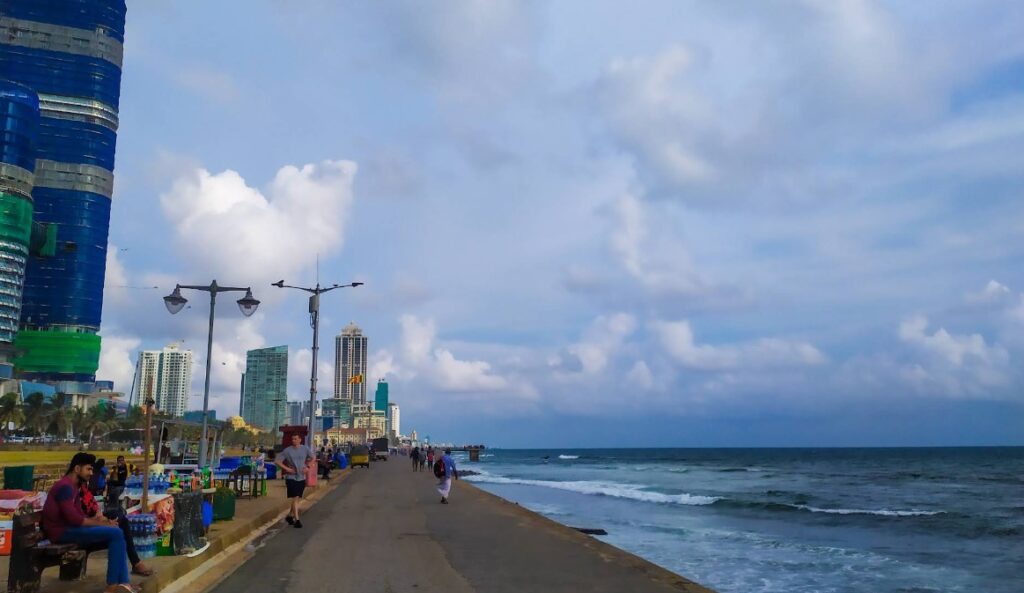
Location and Layout
Galle Face Green is a location in the middle of Colombo, running parallel to Galle Road, and roughly 500 meters along the coast. On either side, there is the row of Colombo’s skyline of luxury hotels, offices, and colonial buildings and then the Indian Ocean from horizon to horizon.
The green is basically an open, long lawn perfect for walking, picnicking, playing, or just lounging. Not technically a beach, of course, the coastline along Galle Face is readily accessible to the ocean, and one can frequently spot individuals wading in or strolling on the rocks.
As evening falls, the promenade springs to life with food stalls, kite sellers, and families filling their lungs with fresh sea air it’s where Colombo comes alive.
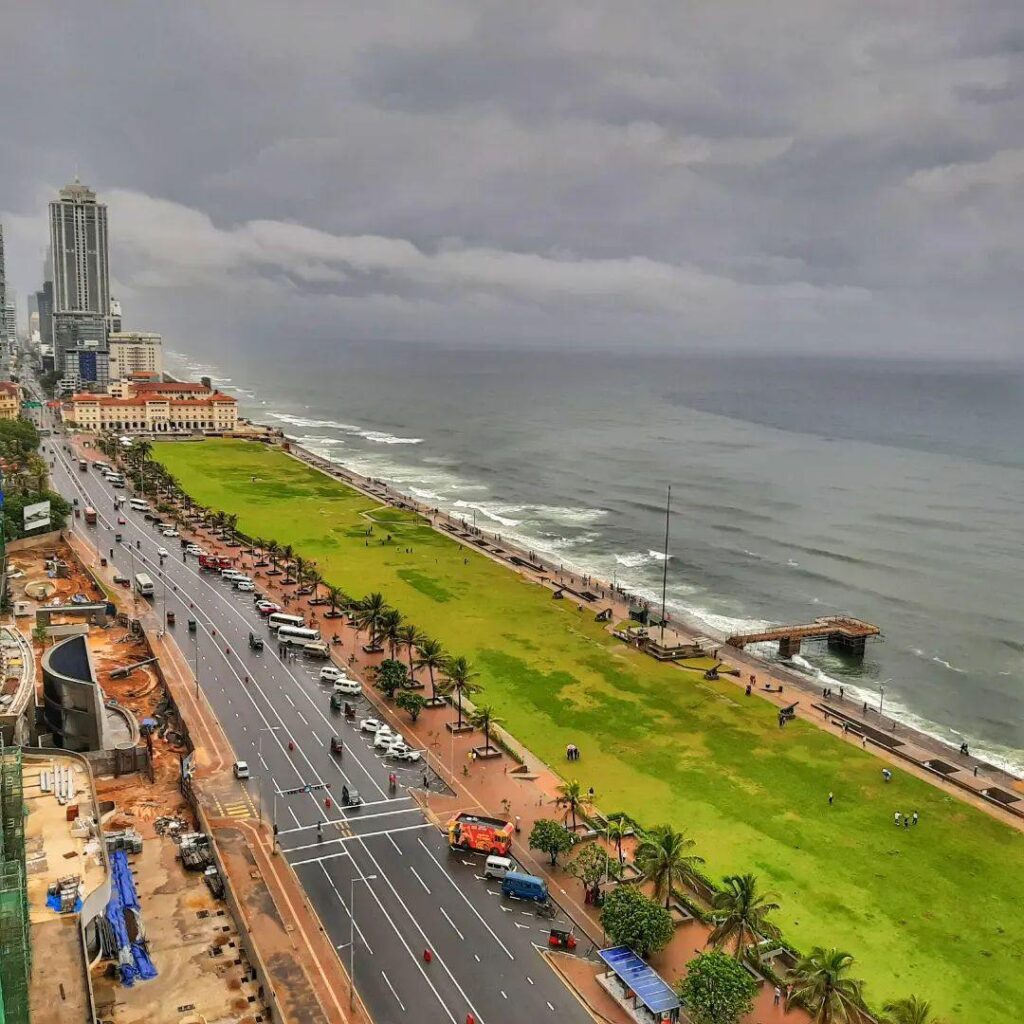
A Place for Everyone
Maybe the most distinctive feature of Galle Face is its diversity. People from all walks of life come here—children playing cricket, couples watching the sun set, office workers unwinding after work, and tourists taking photographs.
It’s a public area in a densely populated city where people experience a sense of ownership regardless of age, ethnicity, or income level. At weekends and public holidays, the area is even more lively, filled with families, groups of friends, and hawkers selling anything from ice cream and peanuts to pungent street food.
Sunsets and Sea Breezes
Ask any local what their favorite thing about Galle Face is, and it’s a fair bet that they’ll mention the sunset. The west-facing promenade boasts some of the most breathtaking vistas as the sun dips below the ocean horizon. It’s a daily habit for many to make their way here in late afternoon, set down on the grass or rocks, and watch the sky turn orange, pink, and red.
The strong and abiding sea breeze adds to the attraction, making Galle Face a welcome haven from Colombo’s often sweltering and crowded streets.
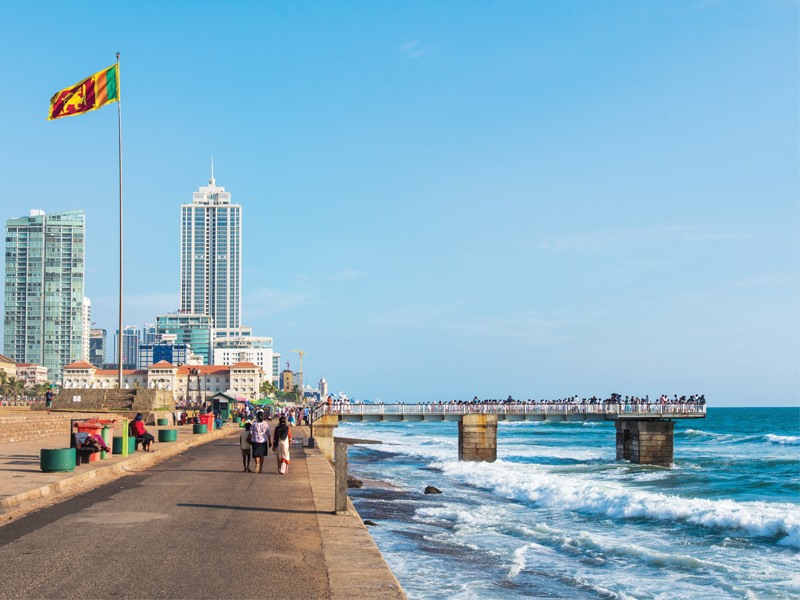
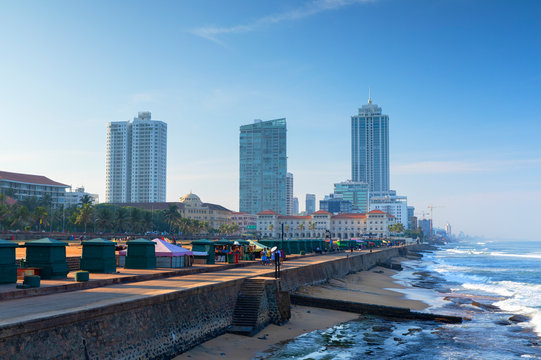
Street Food Culture
No trip to Galle Face is complete without tasting its famous street food. During sunset, dozens of food stalls lining the promenade offer local delicacies such as:
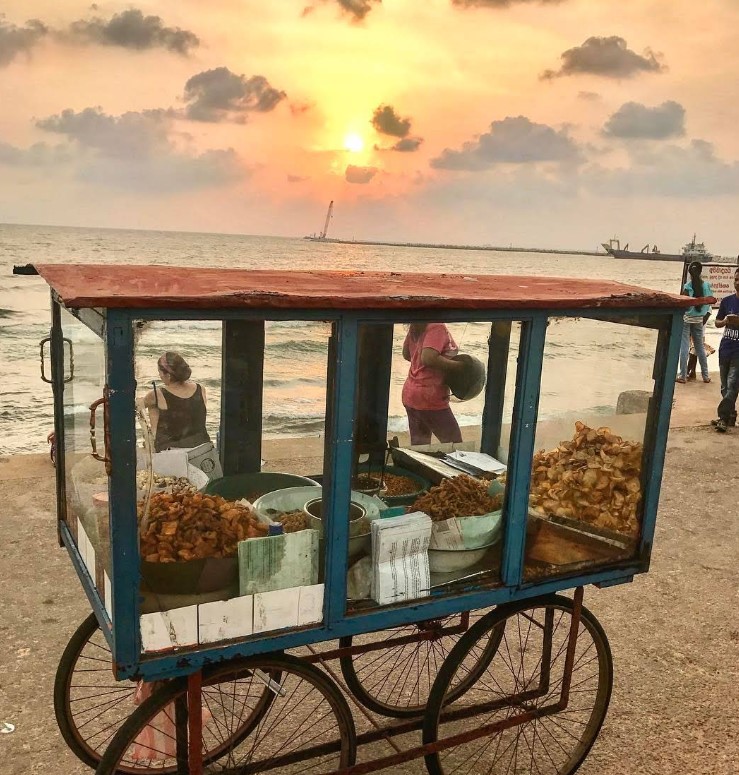
Isso Wade: Lentil cakes fried and topped with spicy prawns.
Kottu Roti: Stir-fry of chopped roti, vegetable, and meat.
Vadai: Lentil fritters served with onions and green chilies.
Pani Cadju: Caramelized cashew nuts covered with jaggery and spices.
Achcharu: Chutney-fried fruits like mango or pineapple, mixed with chili, salt, and vinegar.
Eating by the sea, with the waves and the laughter in the background, is a simple pleasure that is savored by locals and visitors alike.
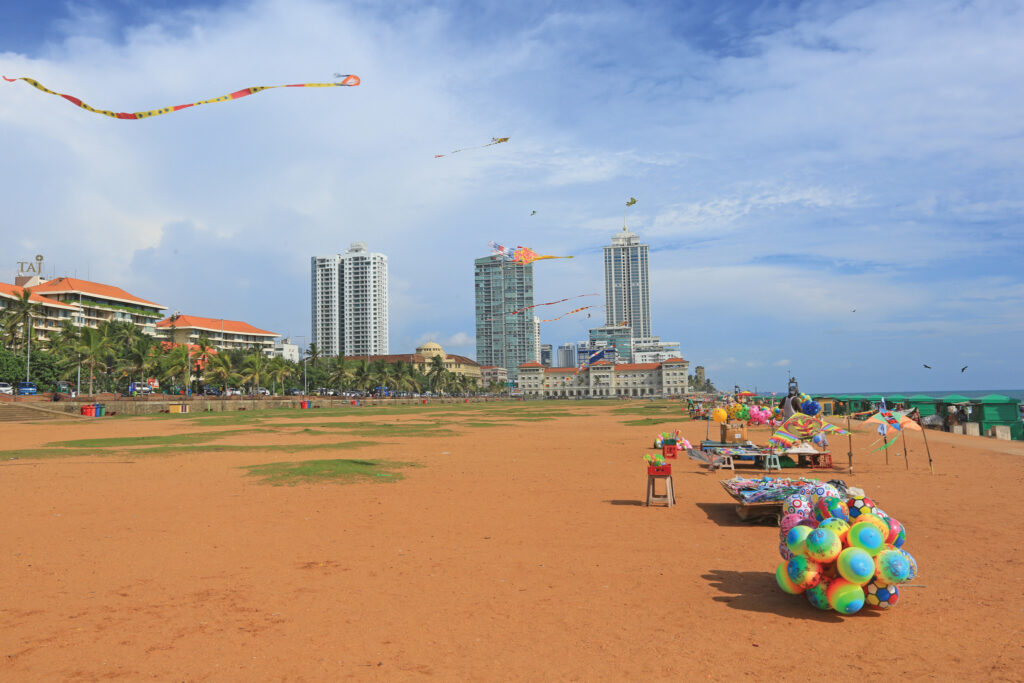
Nearby Landmarks
Galle Face Green is handily located near some of the most renowned sites in Colombo, and is therefore well suited for traveling to Colombo:
The Galle Face Hotel: A high-end hotel with colonial past that has been used by royalty, authors, and celebrities.
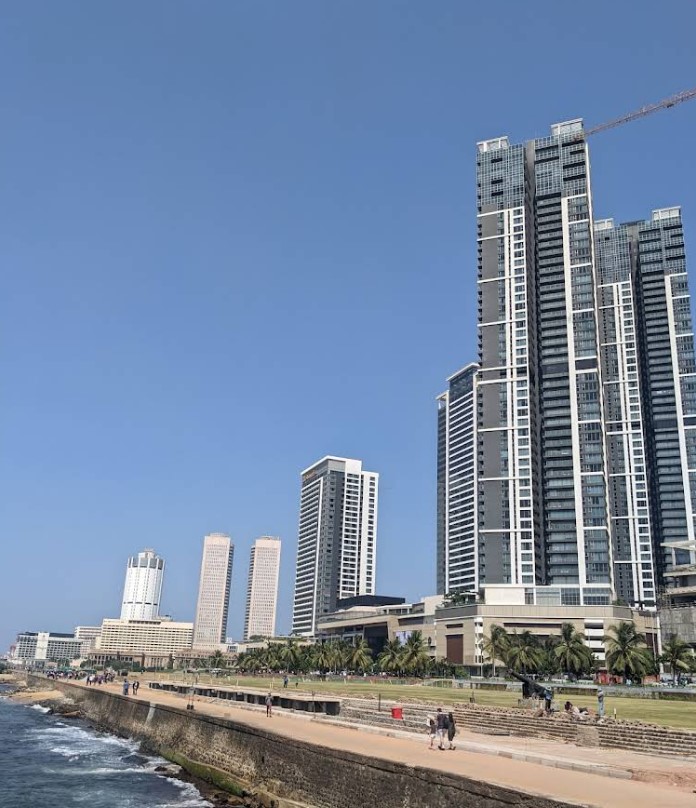
The Old Parliament Building: A neoclassical building which housed Sri Lanka’s parliament.
Port City Colombo: A new build project under way just to the south of the promenade and set to be a new business and residential hub.
Colombo World Trade Center and Fort Area: A short walk from here is the city’s commercial and historical district.
Events and Celebrations
Galle Face Green is also widely used as a venue for public events, including: Independence Day celebrations , Political rallies and demonstrations , Concerts and cultural festivals , National sporting team parades and ceremonies.
It was also among the central rally points during the 2022 Aragalaya (People’s Struggle) protests, during which thousands encamped and demonstrated for weeks demanding political reform and accountability across Sri Lanka’s economic crisis.
This only cemented the position of Galle Face Green as not only a recreational area, but as a democracy and civic engagement platform.
Preservation and Modernization
As Colombo grows, Galle Face has seen both preservation efforts and modern upgrades. Walkways, lighting, and seating have been improved in recent years, and garbage collection is more regular now than in the past.
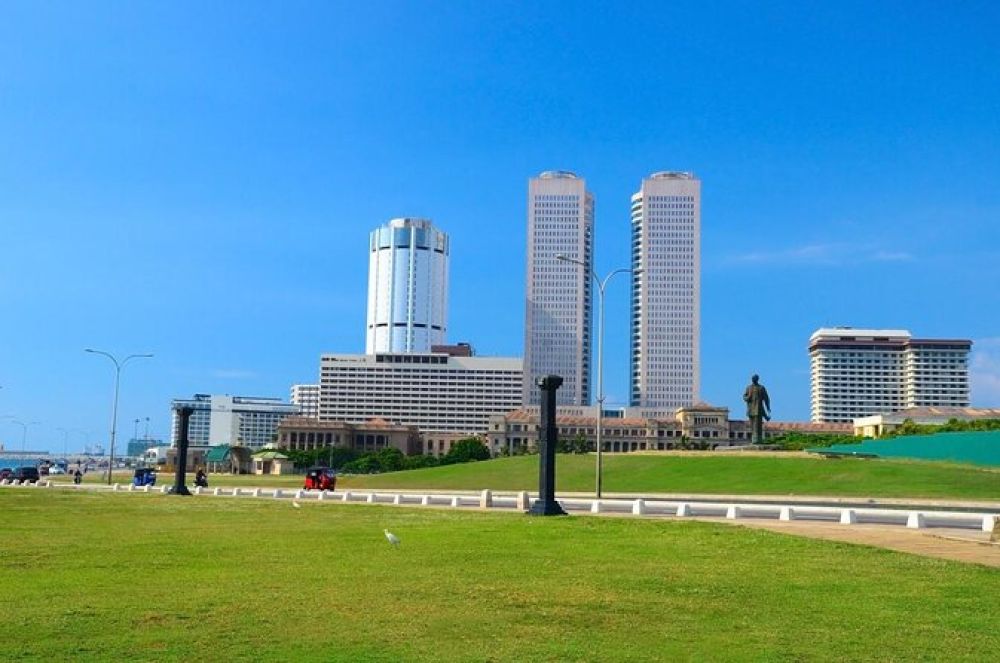
However, urbanization and nearby developments like Port City Colombo have raised questions about coastal access, environmental sustainability, and the preservation of public spaces. Many Sri Lankans are vocal about the need to keep Galle Face open and accessible to all.
Tips for Visitors
Best Time to Visit: Late afternoon to early evening (4–7 PM) for the breeze, snacks, and sunset.
What to Wear: Casual, light clothing. It can be breezy, so bring a light jacket or shawl if you stay into the night.
Safety: Generally safe, even at night. Just be mindful of your belongings.
Facilities: Public restrooms are available, though quality varies. Some parts of the green can be muddy after rain, so wear appropriate shoes.
Accessibility: Easy to reach by car, tuk-tuk, or bus. Parking can be tight on weekends.
